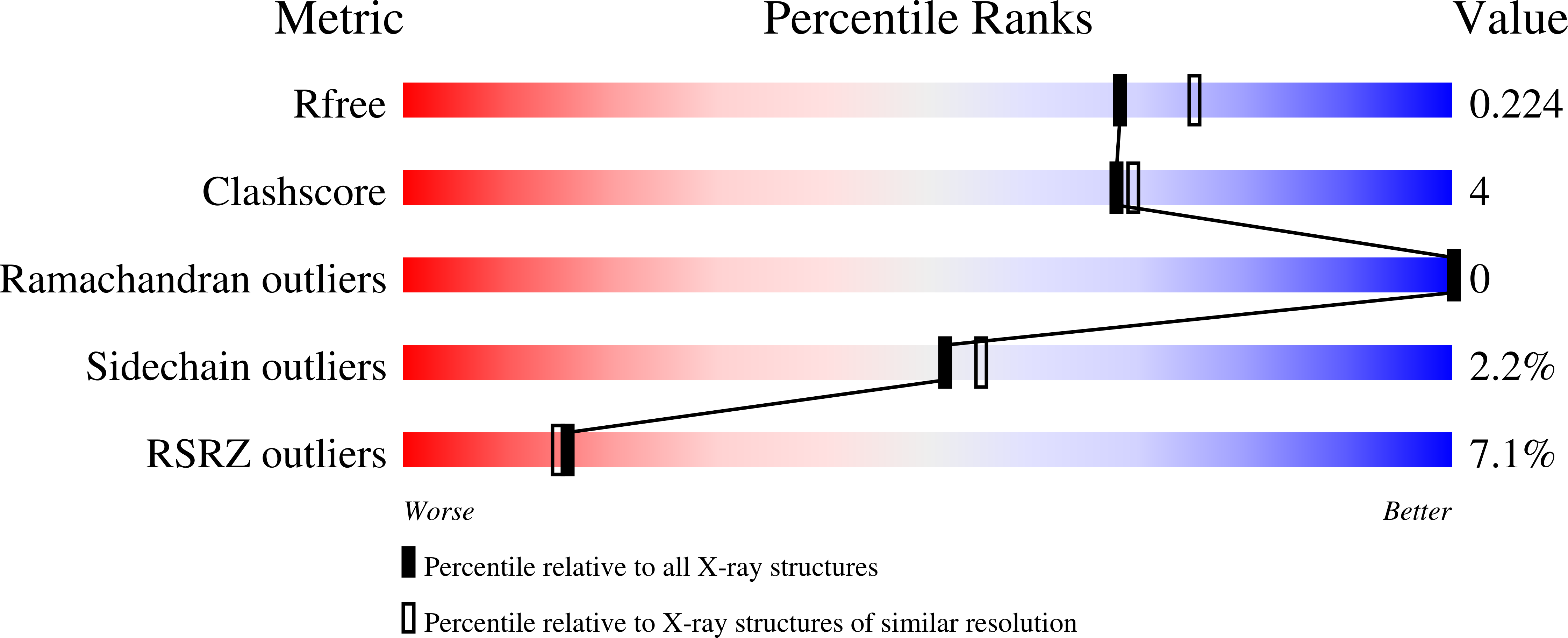Abstact
Ca2+ influx through high-voltage-activated calcium channels (HVACCs) controls diverse cellular functions. A critical feature enabling a singular signal, Ca2+ influx, to mediate disparate functions is diversity of HVACC pore-forming α1 and auxiliary CaVβ1-CaVβ4 subunits. Selective CaVα1 blockers have enabled deciphering their unique physiological roles. By contrast, the capacity to post-translationally inhibit HVACCs based on CaVβ isoform is non-existent. Conventional gene knockout/shRNA approaches do not adequately address this deficit owing to subunit reshuffling and partially overlapping functions of CaVβ isoforms. Here, we identify a nanobody (nb.E8) that selectively binds CaVβ1 SH3 domain and inhibits CaVβ1-associated HVACCs by reducing channel surface density, decreasing open probability, and speeding inactivation. Functionalizing nb.E8 with Nedd4L HECT domain yielded Chisel-1 which eliminated current through CaVβ1-reconstituted CaV1/CaV2 and native CaV1.1 channels in skeletal muscle, strongly suppressed depolarization-evoked Ca2+ influx and excitation-transcription coupling in hippocampal neurons, but was inert against CaVβ2-associated CaV1.2 in cardiomyocytes. The results introduce an original method for probing distinctive functions of ion channel auxiliary subunit isoforms, reveal additional dimensions of CaVβ1 signaling in neurons, and describe a genetically-encoded HVACC inhibitor with unique properties.



